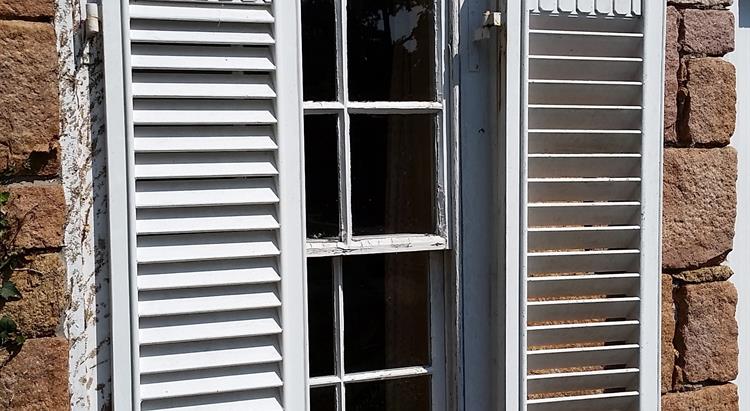09 April 2018

The Minister for the Environment has adopted and published revised Supplementary Planning Guidance on the protection of historic windows and doors.
The new guidance sets out when it is appropriate to make changes to historic windows and doors, and how best to do this to protect their historic character. This includes information about how to improve the energy efficiency of listed buildings, and when it might be possible to use double-glazing.
Energy efficiency
Minister for the Environment, Deputy Steve Luce said “One of the main reasons people want to make changes to windows in listed buildings is to improve energy efficiency. There are various ways of achieving this which might include the use of double-glazing. Advances in technology mean it is now possible, in some circumstances, to retro-fit thin-profile double-glazed units into existing historic window frames, or to create replacement double-glazed windows which replicate the design of the original window.”
He continued “It’s not only about double-glazing though. If you take into account whole-life environmental costs, repairing traditional windows rather than replacing them is more sustainable and can make better economic sense, especially when shutters or secondary glazing are used to improve the thermal performance of homes.
“I want to help people reduce their energy consumption and their energy bills while also ensuring that we protect the character of our historic buildings and the wider historic environment. I think this new guidance gives people information to make informed choices about living in old buildings and I hope people find it helpful.”
Repaired
Island Plan policy on the protection of historic windows and doors remains unchanged. This means, that wherever possible, historic windows should be repaired. Where they are beyond repair, they should be replaced with windows which replicate the original architectural details. Where modern windows in listed buildings are being replaced, the design of the replacements should aim to restore the original historic characteristics of the window.
The updated guidance available on gov.je also provides advice about how to deal with matters such as ventilation, security, and the creation of and blocking up of window and door openings.
In 2016 only 46 replacement window applications were made, representing less than 10 per cent of the total number of applications affecting listed buildings and places. Over 82 per cent of these applications were approved, with nine per cent refused, and nine per cent withdrawn.
Historic character
Windows and doors, and other associated features, such as doorcases, shutters and door furniture, make a substantial contribution to the character and physical integrity of most historic buildings. They can help to define the character and appearance of individual buildings and streets and contribute to a sense of place and identity.
International agreement
Jersey has been a signatory to the Convention for the Protection of the Architectural Heritage of Europe (Granada, October 1985) since 1988, and is required to protect the architectural and historical character of its heritage buildings. The principle of protecting historic windows and doors helps Jersey meet its commitment to protect the Island’s architectural heritage and reflects good conservation practice that is followed throughout Europe.
The regulation of change to historic windows and doors in the Island came about in the early 1990s largely in response to the installation of modern, unsympathetic PVCu windows and doors in historic buildings which has, in many cases, caused considerable damage to the character and appearance of many of the Island’s older buildings, streets and rural lanes.